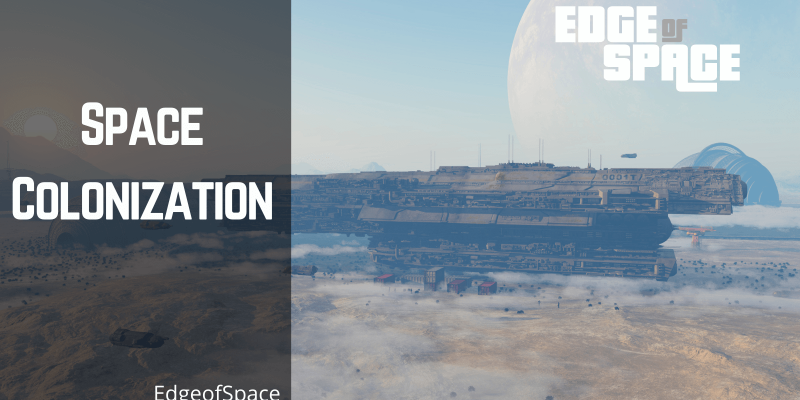
To travel to other planets, to mine the asteroids, creating an artificial biosphere, constructing a city on Mars’ barren surface, exploring the life on the Moon, living in the darker skies, and observing stars in outer space.
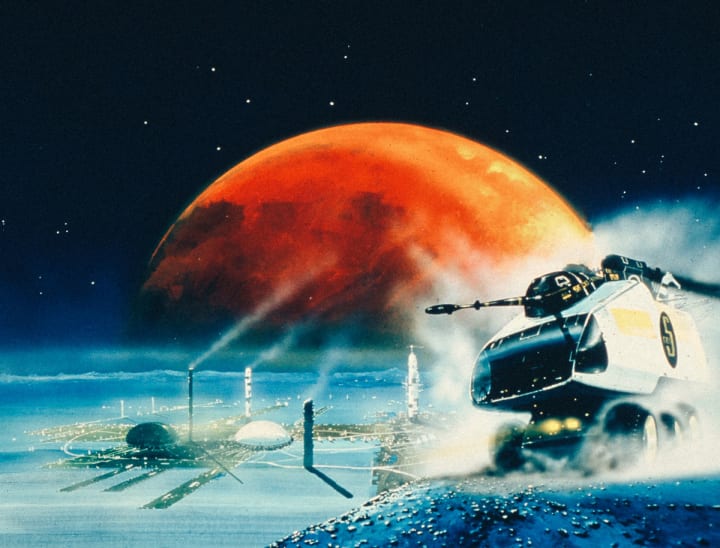
The thought of surviving outer space and becoming interplanetary species has astonished everyone with several questions in their curious minds like, will we ever be able to live in outer space? Can we make our neighboring planets Mars and Venus inhabitable? Do we have that capability to terraform them?
Whenever I think about space colonies, it evokes me of a few words by Konstantine Tsiolkvosky, “The Earth is our cradle, but we cannot be in the cradle forever.” These words are strong enough to ignite our craving for becoming an interplanetary species, and to satisfy this craving, let’s dig a bit more on this visionary drive.
SPACE COLONIZATION – “A vision for the beautiful and innovative future of humankind.” – is like living life as you’re living on the Earth, using resources, breathing comfortably, and growing food, but somewhere in outer space. But wait, we have our home planet, Right! So, why do we need that? Humans do nothing without any motive, and I can surely give you a number of reasons for such need.
The Lunar Surface of the Moon stores a treasure of valuable elements like Gold, Platinum, and Helium-3, having worth of trillions of dollars, and it will be a perfect site for scientists to conduct experimental radio and optical astronomy.
One of the most trending research topics is Mars Colonization, and many scientists, including Elon Musk and Late Physicist Stephen Hawking, describedthe need for the same. Hawking said, ‘there has usually been somewhere to colonize. We’re running out of space, and the only places to go to are the other worlds.’
The increasing population indicates us to look for another planet for future generations. To save the homosapiens from being extinct due to several reasons, including the nuclear war, climate change, and asteroidal hit, we need an alternative planet for our survival.
If you look into the history of space science, this idea of colonization is not a new one. In 1869, Edward Everett Hale published his first fiction publication. Physicist Konstantin Tsiolkovsky wrote a book Beyond Planet Earth in 1900. Then, other scientists & researchers and their publications have inspired our generation to make those fictitious conceptions a reality. The imagination has no bounds, but the reality is always far away from what we think. So, before taking up that challenge to spend billions of dollars, we have to choose the best one for us. What do you think would be the best one to choose out of what we have? Venus, Mars, or our Moon? Or should we look for an alternative plan for us?
Cloud Cities of Venus
Geoffrey A. Landis, a researcher at NASA Glenn Research Center – published a paper, ‘Colonization of Venus’in 2003, presented the idea of creating floating cities 50 km above the Venus surface where the environmental conditions are earth-like.
But why we need them? Can’t we colonize the surface? The land is a kind of hellfire for humans, having a temperature of about 464 degrees Celcius, which even melt the lead (Pb). Carbon Dioxide, which makes up 96.5% of the atmosphere, is another reason why we can’t colonize Venus, and we already know to what extent it can affect everything, from our survival to the heating up of the surface. The Sulphuric Acid rain is like the icing on the cake of unfavorable conditions of the Venus.
So what if we can’t colonize the surface. We can look up at 50 km above the surface, beyond the clouds where the atmosphere is human-friendly, having gravitational force is comparable to the Earth (0.9g), and radiation shielding due to excessive thickness. Taking all these things into consideration, NASA’s Langley Research Center in Hampton came with an idea called High-Altitude Venus Operational Concept (HAVOC). Unfortunately, the project is not running at present. But, the concept itself brought us a way to go to Venus.
High Altitude Venus Operational Concept (HAVOC)
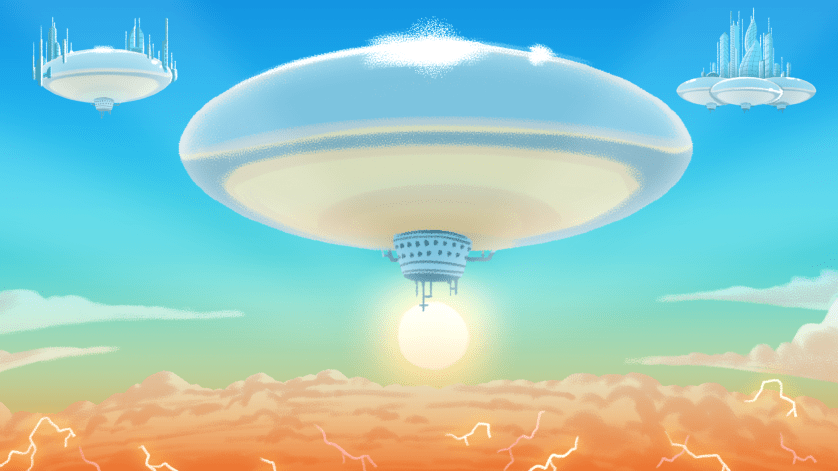
HAVOC – one of the visionary concepts for colonizing Venus, establishing could cities out there have focussed on the architectural and vehicle concept for a 30 day crewed mission to examine the Venus atmosphere. But, the scientists and engineers who were working on that have faced several hurdles, for which they need advanced technology & refinements in its implementation.
Well, before moving forward, I would like to mention a few challenges that they faced.
- Aerocapture maneuvers at Venus and Earth
- Inserting and Inflating the airship at Venus atmosphere.
- Protection of devices and set-ups from Sulphuric Acid.
To encounter these things, they have a strategy, which we will be going to discuss.
Strategy for HAVOC on the Venusian Atmosphere
The five-potential are the pillars for the investigation of the Venusian atmosphere, which includes robotic exploration as phase I, the study of human survival, and further exploration around the orbit in II, III, and IV phase, and ultimately, the long-term atmospheric habitation and colonization as phase V.
Well, phase III is the root of the whole mission, which planned for a 30-day crewed mission to the Venus atmosphere and improve its Technology Readiness Level. One of the goals is to construct a model to demonstrate an Entry, Descent, and Inflation (EDI) concept for an airship, and the other was to determine transparent films for the protection of solar panels against radiations and harsh conditions.
For establishing the could cities, the engineers need a promising material that would protect the elements and installed devices from the Sulphuric acid. After testing so many materials like polythene, they found FEP-Teflon as a correct choice for the same.
Phosphine: A new hope for Venus colonization?
The recent detection of Phosphine on Venus is a new ray of hope for the colonization and establishment of livelihood. You might be thinking, ‘what do Phosphine has to do with the colonization?‘ Phosphine is something that can only be a byproduct of biotic reactions. So, observing Phosphine is an indication that there can be a life form on Venus, or there can be some other chemical processes that we don’t know. Well, the presence of organisms or any such more traces has no such confirmation.
Setting up a base on the Moon
While looking at the Moon, have you ever wondered, one day we could live there? How and when will we be a resident of the Moon village? It would be really amazing to see our home planet Earth while standing on the Moon. The more amazing thing is that these questions can be a reality in the future.
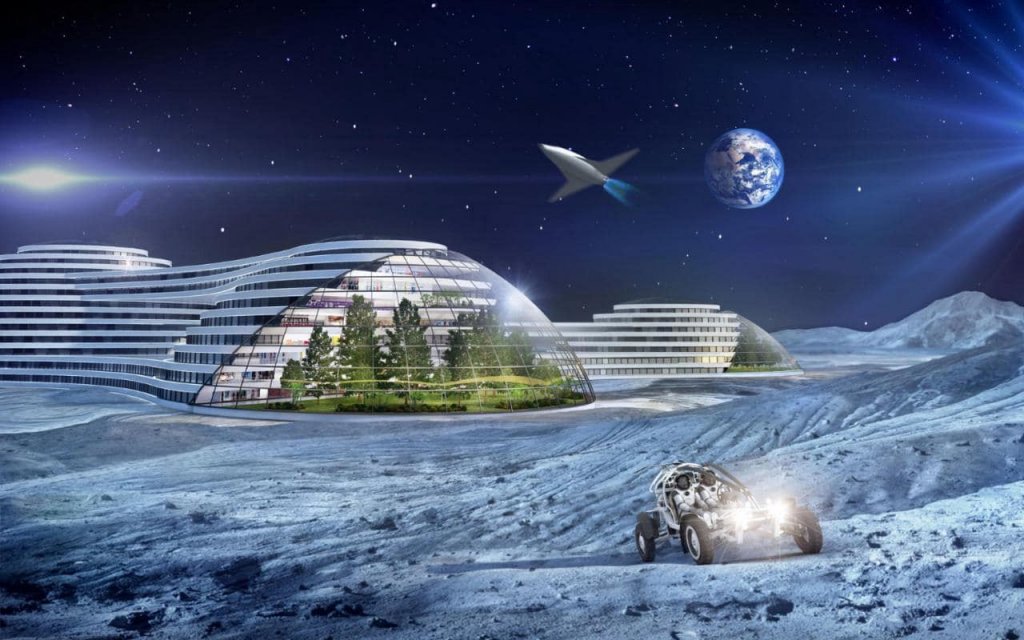
Fortunately, we do have that technology and strategies to set up a lunar base on the Moon’s surface, and we can do it at present. Even China and ESA have already announced their plans to develop an international moon village by 2022. Then, why are we not doing it now? You might be thinking about the obstacles in between the goals.
The temperature variation is extreme. The sun-facing side has 117 degrees Celcius, while the other (the dark side) has a temperature of about -43 degrees Celcius, which is a huge difference.
So, it’s important to choose the location at which the temperature is quite stable, and one such place is South-Pole Aitken Basin, which is always a shadowed region. Another thing is the exposure of the lunar surfaces to the meteoroids. The fall of meteoroids and micro-meteoroids to most of the lunar surface is catastrophic for the lives and colony.
Most importantly, the absence of the atmosphere is an affliction for life and Moon city, as there is no protective layer against harmful radiations. And, for the moon settlement, an air-tight, pressurized, and isolated system have to be developed for protection against the external environment.
To encounter these challenges, space agencies like NASA, ESA, China, etc. come forward with brilliant plans and strategies to reach their goals of colonization.
Plans and Possible Solutions
In 2006, Japan proposed the idea of creating a moon base by 2030, and similar announcements made in 2007 by Russia also. In 2007, Jim Burke, a France scientist of the International Space University, introduced the idea of developing a lunar Noah’s Ark that would ensure human survival in a calamitous event.
In more recent years (2014-15), NASA representatives discussed the cost-effective ways for building a lunar base with industrial people. They came up with a strategy for the same, which would rely on the robotic systems and transformers for creating a base around the southern polar region by 2022.
In 2006, Japan proposed the idea of creating a moon base by 2030, and similar announcements made in 2007 by Russia also. In 2007, Jim Burke, a France scientist of the International Space University, proposed the idea of developing a lunar Noah’s Ark that would ensure human survival in a calamitous event.
Moving on towards more recent years (2014-15), NASA representatives discussed the cost-effective ways for building a lunar base with industrial people and came up with a strategy for the same, which would rely on the robotic systems and transformers for creating a base around the southern polar region by 2022.
Johann-Deitrich Worner, chief of the European Space Agency, has announced the development of an international village on the moon. Well, the China National Space Administration (CSNA) is planning to build a research station in the moon’s south pole – by Zhang Kejian (Head of CSNA), for which they have started taking necessary steps and sketching a long-term plan to develop a colony.
These significant steps involve the success of the uncrewed Chang’e-4 mission on the far side of the moon. They have also planned to send astronauts for the success of two temporary space stations missions, Tiangong-1 & Tiangong-2, which also includes working on permanent space stations in the future. Finally, the robotic moon mission, Chang’e-5 mission, will be accomplished in the coming years.
Moving on, let me discuss the possible methods of how we can achieve moon colonization and build a lunar base. As I have earlier mentioned, one such place where we can colonize is the South-Pole Aitken Basin because of the confirmation of the presence of water ice there, which would be useful for producing drinking water and fuel for energy. Also, the region has a more stable temperature as it is shadowed.
So, in order to develop a colony, we need to rely on robotic technologies, 3D printing systems, and telepresence. In-Situ Resource Utilization is one of the suggested methods to create the moon base and use local resources to make supplies as much as possible.
Solenoidal Moon Base is a proposal by civil engineer Marco Peroni at the 2017 AIAA Space & Astronautics Forum and Exposition to provide a radiation shield to the moon base, which would be consisting of transparent domes enclosed by an active magnetic shield. For now, we don’t know if the moon will be our destination or not, but according to a few scientists, the moon would open the gates for a new revolution in science and space, and if we want to be interplanetary species, it would be the first step.
Terra-forming the Martian surface The hypothetical concept, which made us believe that one day, we could reach Mars, and it could be our Earth 2.0, is terraforming. Technically, it is a scientific concept to make Mars capable of giving us an Earth-like life out there.
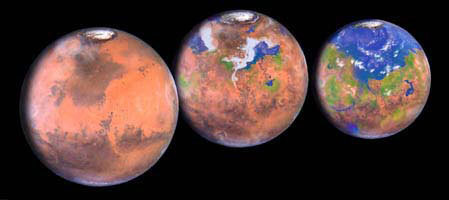
Planetary scientists Bruce Jakosky & Christopher Edward worked on the martian life and NASA’s Mars Atmosphere and Volatile Evolution, which have concluded that terraforming is not possible in today’s technology. Perhaps, it could be possible in the future, or maybe, we will find an alternative solution.
But why is it so? Why can’t we terraform the red planet? – Before answering these, you have to understand the way of how we can terraform Mars.
Our red planet Mars is barren land with a thin atmosphere and a low temperature, which can freeze or evaporate the water within seconds. So, for making Mars an Earth-like planet, we have to raise the temperature, thicken the atmosphere, and get stable environmental conditions.
So, how we’re going to do that? Releasing the CO2 hidden in the Martian surface is the only way to terraform right now, which will thicken the atmosphere and act as a blanket to warm the planet by the greenhouse effect.
The results from NASA’s Mars Reconnaissance Orbiter & Mars Odessey Spacecraft suggested that the release of CO2 from a variety of sources can be useful to warm the planet. Research studies analyzed the polar ice caps where the CO2 and carbon material are in abundance.
However, it is not the only source of CO2. Dust particles in the Martian surface and mineral deposits would also provide the CO2 gas. But, these two won’t be able to make up more than 10% of the CO2 together. The research studies from NASA’s MAVEN (Mars Atmosphere and Volatile Evolution) spacecraft suggested that the amount of CO2 needed for terraforming is not enough to warm the whole planet.
The results from NASA’s MAVEN and ESA’s Mars Express Mission are an indication of the loss of potential for habitable atmosphere, which can be stripped away due to solar storms and radiation, as the magnetic field is also weak in Mars. Also, the pressure there is only 1% of the Earth’s one.
So, we need to take care of these factors too. Even if we can encounter them, still building up the atmosphere of the planet, and developing back the geological activity would take millions of years to double the atmosphere. Theoretically, it is possible to terraform the Martian surface by raising the temperature by the greenhouse effect. Unfortunately, research studies already suggested that enough CO2 is not available for the same. So, should we develop the technology to terraform the planet, or should we look for an alternative idea?
Jupiter and beyond – Moons of outer planets
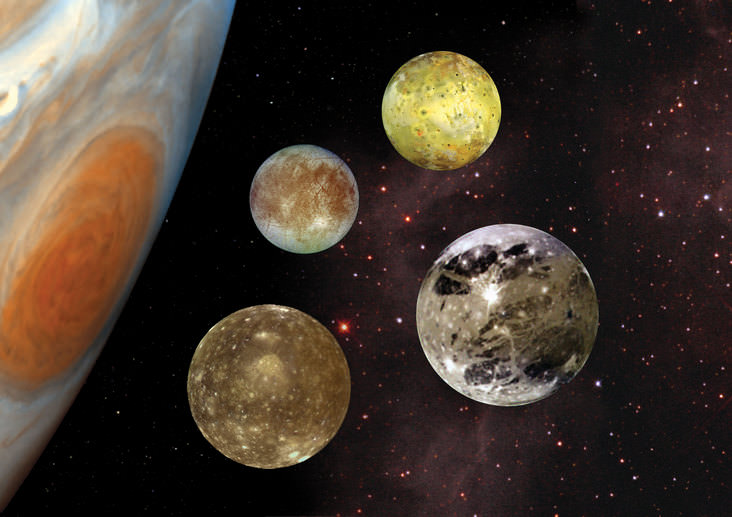
Europa, Callisto, and Ganymede are the moons of the planet Jupiter, which could be supportive of space colonization. Colonization of Europa, one of the most habitable bodies in the solar system, under the Artemis Project, in which the inhabit igloos would be constructed and drilled them under the ice crust.
Also, NASA’s study called HOPE, a revolutionary idea for Human Outer Planet Exploration, took Callisto as a target to look for the possibilities for producing the fuel for the future studies of the solar system, as it has an abundance of necessary materials.
Moons of Saturn – Titan & Enceladus are one of the targets for the colonization. Titan has all the essential elements for survival, as suggested by Robert Zubrin. It is the only moon that has a thick atmospheric layer and rich in carbon deposits and ice water and could be a destination for settlement. The present technology is not sufficient for space settlement. However, the efforts and strategies for the same could enable us to look at the earth from another planet. Who’s going to be the first colonized planet is an important thing to look for.
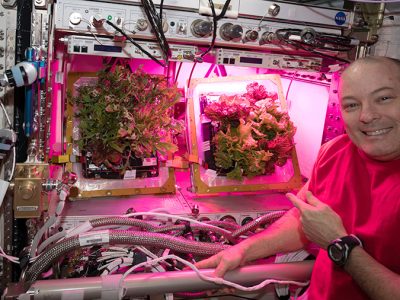




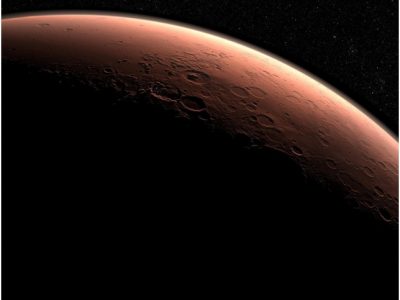
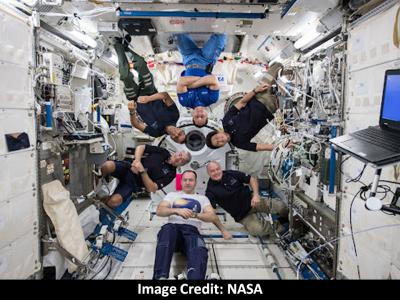






[…] If Richard Branson’s “If we can do this, just imagine what you can do” from the Virgin Galactic rocket-plane all the way in space is resounding in your head, pumping adrenaline through your veins, all we have to tell you is – you’re not the only one. With Space Tourism being all that’s talked about at the moment, it doesn’t take long for one to wander to the subject of Space Colonization. […]